Birth name Manuel Benitez Perez Name El Cordobes Grandchildren Benjamin Everett Children Manuel Benitez | Sport Bullfighting Spouse Martine Freisse Nationality Spanish Role Matador | |
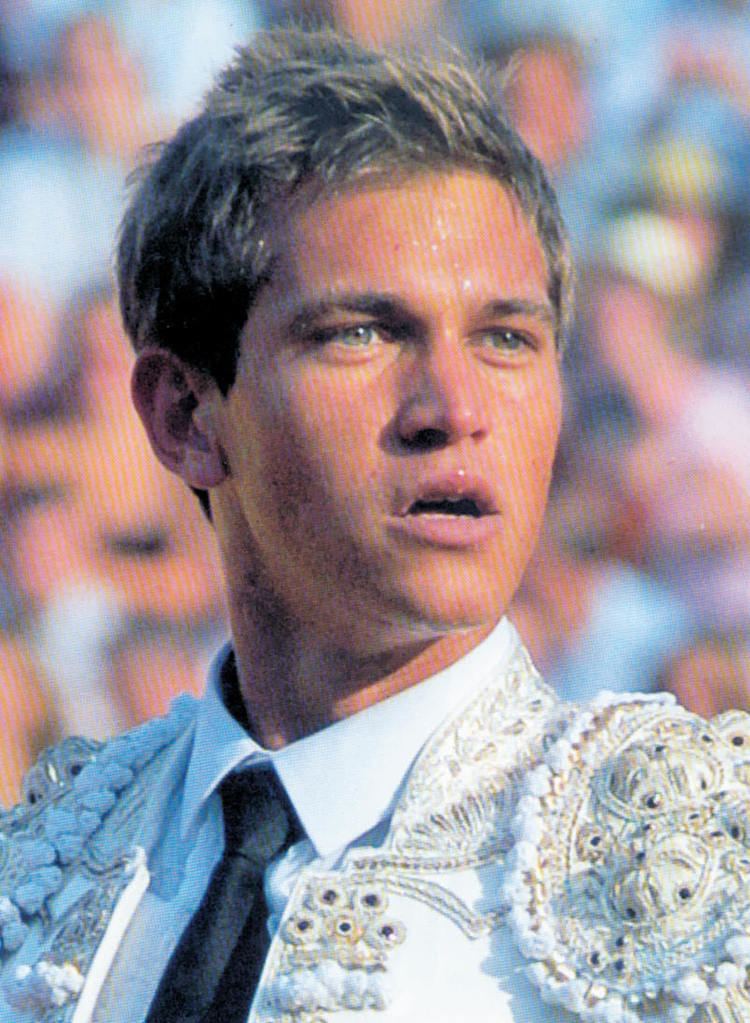 | ||
Nickname(s) El Cordobes (The Cordovan) Similar People Julio Benitez "El Cordobes", Manuel Benitez, Manolete, Julian Lopez Escobar, Palomo Linares | ||
Dünyanın En İyi Matadoru El Cordobes
Manuel Benítez Pérez (born 4 May 1936), more commonly known as El Cordobés (The Cordovan), is a famous matador of the 1960s who brought to the bullring an unorthodox acrobatic and theatrical style.
Contents
- Dnyann En yi Matadoru El Cordobes
- Manuel Bentez El Cordobs dice que est hecho un lobo
- Career
- Social Media
- References
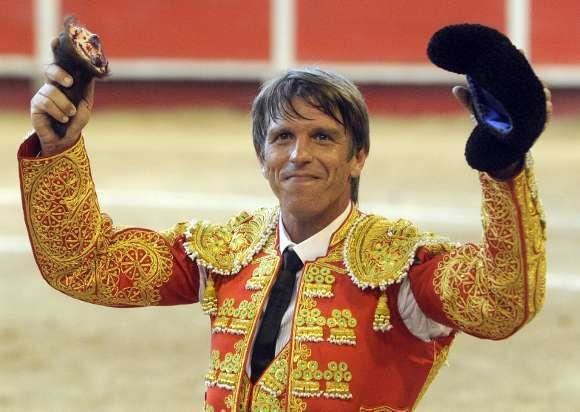
Manuel Benítez "El Cordobés" dice que está "hecho un lobo"
Career
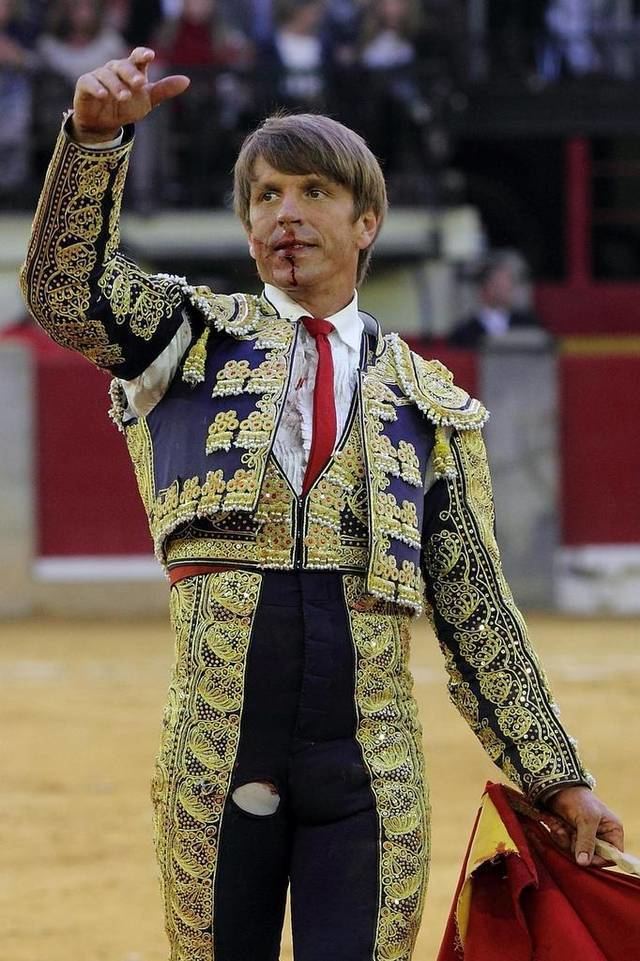
Born into riches, his father had to go to jail for his political ideas during the Spanish Civil War. His mother died shortly after and 11 years later, his father, Jorge, was let out and died in Cordoba. Reared in an orphanage, a construction-worker and petty criminal, at the age of twenty-three Benítez lived in a village near Córdoba and dreamed of being a bullfighter.
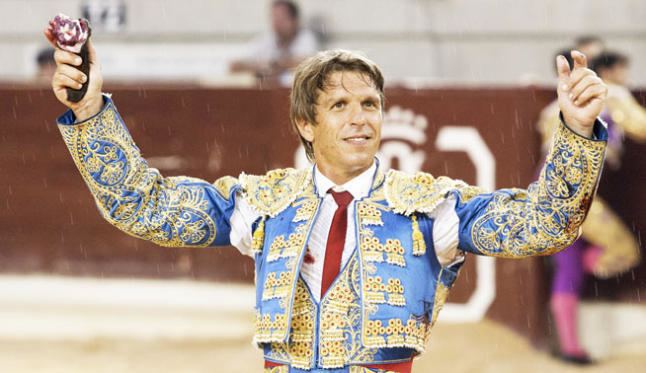
One of the original and dangerous techniques practiced by El Cordobés was first shown to the world at Anjucar. In stark departure from formality, he waved his Banderillero (Columpio) away, broke his banderillas down to 'pencil length', and standing with his back to the bull as it charged, moved his right leg out moments before the bull was upon him, causing the bull to swerve and allowing El Cordobés a moment to slam in the banderillas from just behind the left horn. This maneuver was repeated in bullfights across Spain, sometimes with even more dangerous variations, such as standing with his back to the barerra and driving in the banderillas after the horns passed either side of him.

A significant moment in his career came on May 20, 1964, when he made his first appearance at Las Ventas, the bullring of Madrid. Watched on television by many Spaniards, the bullfight ended with the near-fatal goring of El Cordobés on the horns of the bull Impulsivo. Yet twenty-two days later El Cordobés fought again.
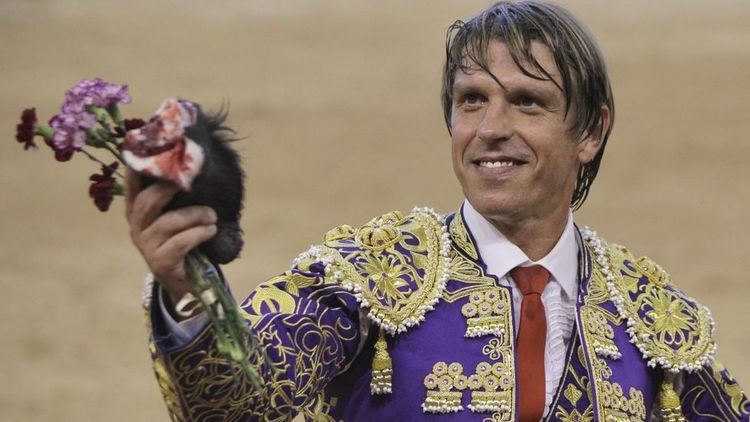
By the time of his first retirement, in 1971, El Cordobés had become the highest-paid matador in history. After eight years of retirement, he returned to bullfighting in 1979. Following an incident in 1983, when a bull that he was about to fight killed an espontáneo ("spontaneous," a person who illegally jumps into the ring to fight the bull), El Cordobés was much maligned by the press for allowing it to happen. He continued to make occasional appearances as a matador until 2000, when he retired for good.

He also acted in several motion pictures.
El Cordobés lives in near seclusion near Córdoba. In 2016 he appeared with the woman bullfighter Conchi Rios and Antonio Puerta in Cehegín in Murcia.
Social Media
An early biography, Or I'll Dress You in Mourning, by journalists Larry Collins and Dominique Lapierre, was published in 1968 by Simon & Schuster. El Cordobés' story was also the basis for the musical Matador (1987) by Mike Leander and Eddie Seago. Poet Mike O'Connor included "Canción del Cordobés", about the matador's breakout performances in Mexico City in 1964, in his poetry volume When the Tiger Weeps, (2005). A song titled "El Cordobés" was performed by the Norwegian rap artist Diaz.
